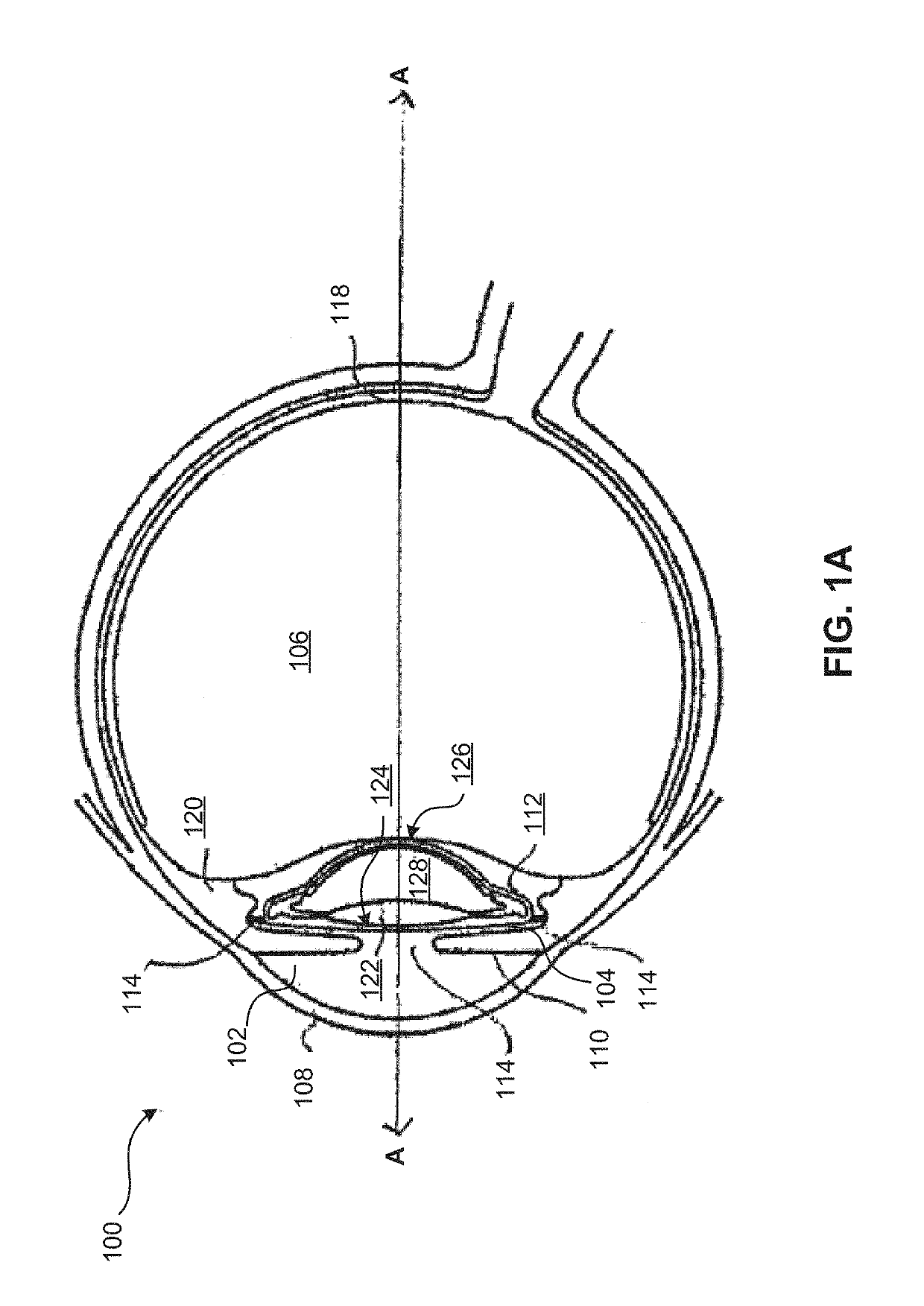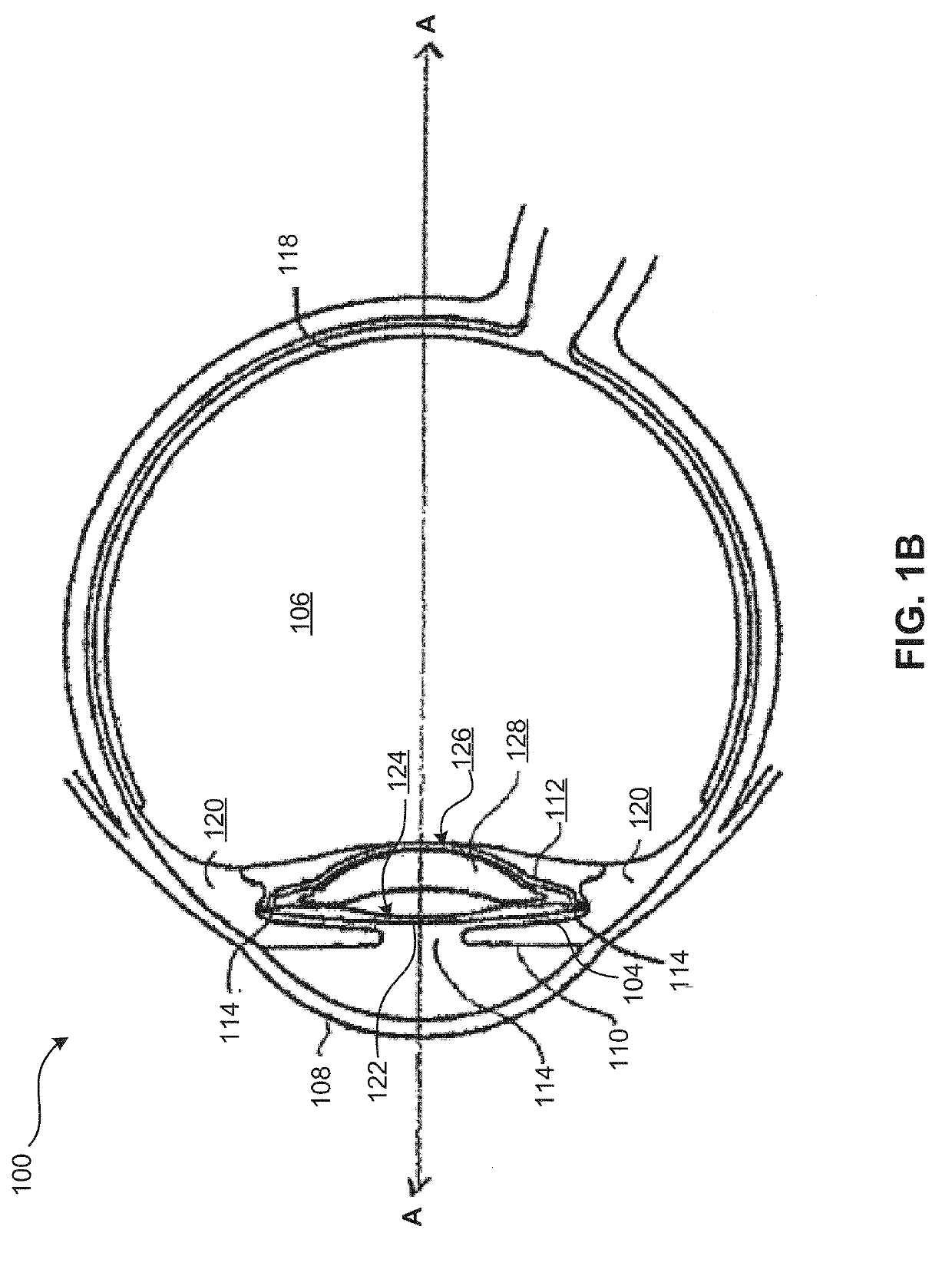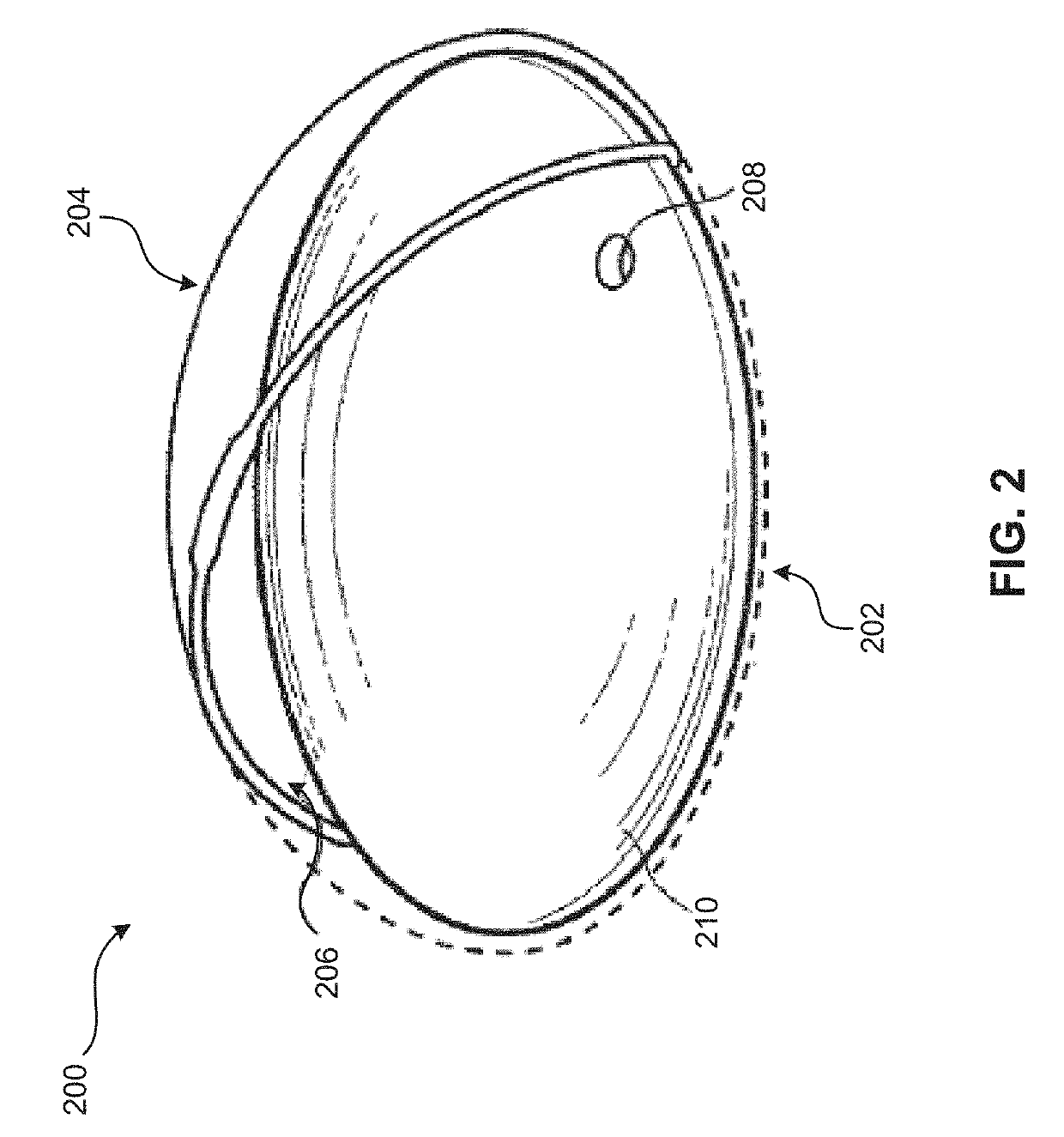Lens oil having a narrow molecular weight distribution for intraocular lens devices
a technology of lens oil and molecular weight distribution, which is applied in the direction of lubricant composition, coating, organic chemistry, etc., can solve the problems of inability to correct presbyopia, unmet need for effective surgical intervention to correct presbyopia, and inability to accommoda
- Summary
- Abstract
- Description
- Claims
- Application Information
AI Technical Summary
Benefits of technology
Problems solved by technology
Method used
Image
Examples
examples
[0090]An exemplary silicone oil according to the present disclosure was provided, and analyzed as follows.
[0091]A silicone oil comprised of dimethylsiloxane and diphenysiloxane was fractionated by supercritical fluid extraction. FIG. 3 provides GPC chromatograms of detector response (au) versus retention time (minutes) for various fractions of diphenyl-dimethyl siloxane obtained via supercritical fluid extraction. A UV / VIS detector (256 nm) was used to detect the fractions. Based on a comparison to a GPC calibration curve, fraction 5 indicated in FIG. 3 corresponded to the desired narrow molecular weight distribution, and minimal amount of low molecular weight components disclosed herein (e.g., no more than about 3 wt. % to about 4 wt. % of any component having a molecular weight less than about 15,000 Daltons, and more preferably no components having a molecular weight less than about 5,000 Daltons).
[0092]Fraction 5 was further subject to a swell study to determine the degree to wh...
PUM
| Property | Measurement | Unit |
|---|---|---|
| molecular weight | aaaaa | aaaaa |
| molecular weight | aaaaa | aaaaa |
| molecular weight | aaaaa | aaaaa |
Abstract
Description
Claims
Application Information
 Login to View More
Login to View More - R&D
- Intellectual Property
- Life Sciences
- Materials
- Tech Scout
- Unparalleled Data Quality
- Higher Quality Content
- 60% Fewer Hallucinations
Browse by: Latest US Patents, China's latest patents, Technical Efficacy Thesaurus, Application Domain, Technology Topic, Popular Technical Reports.
© 2025 PatSnap. All rights reserved.Legal|Privacy policy|Modern Slavery Act Transparency Statement|Sitemap|About US| Contact US: help@patsnap.com



